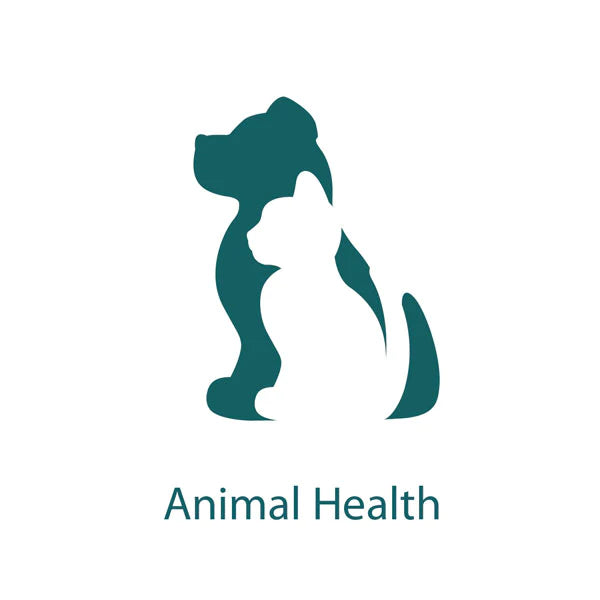Our Science
Dating back 5000 years, Ayurveda or the 'science of life' is one of the oldest systems of natural health care in the world. Sometimes referred to as a bioscience, its chief aim is to cleanse the body of substances that cause diseases, thus helping to reestablish harmony and balance.
According to Charaka Samhita, one of the most revered Ayurvedic texts, Ayurveda needs to evolve with time. It needs to understand changing environmental circumstances and address health care needs accordingly.
Our founder, Mr. M. Manal, believed that for traditional medicine to be widely accepted, it needed to be credible. Credibility of drugs can be achieved through scientific validation.
Himalaya's first drug, Serpina®, the world's first natural antihypertensive drug, witnessed four years on clinical trials, scientific validation, and in discovering the process of making tablets. Mr. Manal believed that in order to make herbal medicine mainstream, it would need to follow allopathic protocols during development and be available in a widely accepted format like tablets or syrup. This is the only way in which Ayurveda could become relevant.
Himalaya scientists and herbalists spend years researching the therapeutic benefits of herbs. We use over 250 herbs in our products. As soon as new benefits of herbs are discovered, we update our herbal monograph, a guide that gives a basic description of the herb and lists its chemical constituents, actions, clinical uses, and recommended dosage. A great deal of time is spent authenticating the herb, isolating its active marker, testing its therapeutic property, and validating safety and efficacy. The whole process can take anywhere, on average, between seven to ten years. We believe that no investment is too much when it comes to developing safe and efficacious products. The results of our clinical trials are published in leading medical and peer-review journals.
At Himalaya, contemporizing Ayurveda means making the system of traditional health care mainstream.
 Himalaya Global Holdings Ltd. (Our Parent)
Himalaya Global Holdings Ltd. (Our Parent)



